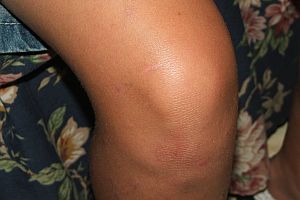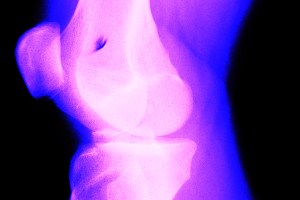Women’s Feet Are Paying a High Price for Fashion

Fashion before comfort… and health! That seems to be a prevailing attitude in the United States, particularly among women out shopping for new shoes. And while there are a number of shoe styles that can cause foot problems, the high heel (especially the ultra-high heel) is by far the biggest culprit. According the American Podiatric Medical Association:
- 72% of women wear high-heeled shoes (39% wear heels daily, while 33% wear them less often).
- 59% report toe pain as a result of wearing uncomfortable shoes; 54% report pain in the ball of the foot.
- 58% of women purchased new high-heeled shoes in the last year.
- Younger women are more likely to experience blisters and pain in the arches of their feet than older women. Older women are more likely to experience corns, calluses, and bunions.
Ultra high-heels have many podiatrists concerned: According to Hillary Brenner, DPM, a spokeswoman for the American Podiatric Medical Association, “Heels are getting higher and higher,” she says. “We podiatrists like to call it shoe-icide.” Ultra-high heels often result in an array of injuries, short- and long-term, from ankle sprains to chronic pain and many issues in-between.
“Ultra-high heels force the feet into a position that puts stress on the ball of the foot,” continues Brenner. “At this critical joint, the long metatarsal bones meet the pea-shaped sesamoid bones, and the toe bones (phalanges). Too much pressure can inflame these bones or the nerves that surround them. Chronic stress to the foot bones can even lead to hairline fractures.”
However, heels in general, whether they’re stilettos or mid-heels, are hobbling women all around the country. High heels are known for producing a tender knot on the back of the heel, called the “pump bump” by some. This is a result of the pressure from the stiff, unyielding high-heel on the back of the foot. Blisters, swelling, bursitis, and even discomfort in the Achilles tendon can follow.
Additionally, all high heels increase the danger of an ankle sprain. The issue most seen by podiatrists is a lateral sprain, which occurs when a walker rolls onto the outside of their foot, stretching the ankle ligaments beyond their usual length. A serious sprain may even tear the ligaments and increase the risk of developing osteoarthritis.
In podiatrists’ and other medical professionals’ offices across the country, women are presenting with mild to severe foot problems due to wearing the wrong shoes. Other shoes that can cause foot pain and other issues include:
- Ballet flats, which provide no support whatsoever.
- Flip-flops, which provide almost no protection from splinters and other injuries.
- Platform shoes, which often have rigid foot beds, putting unnecessary pressure on the foot.
- Pointy-toed shoes, which can result in nerve pain, bunions, blisters, and hammertoes.
So what can a woman do to stay fashionable and keep her feet healthy and pain-free? For those who love high heels, consider performance pumps, which most often come with reinforced heels, athletic shoe construction, and more wiggle room for the toes.
Another solution for the pump enthusiast is a chunky-heeled shoe. Chunky heels allow better balance with a wider surface area, which gives the foot much more stability thereby diminishing the risk of ankle sprains.
For other shoes such as ballet flats, orthotic inserts can offer the support that the shoes lack. If you’re unsure about what kind of insert is best for your feet, talk to your podiatrist to get an informed opinion on how to best take care of your feet—and look good doing it.



